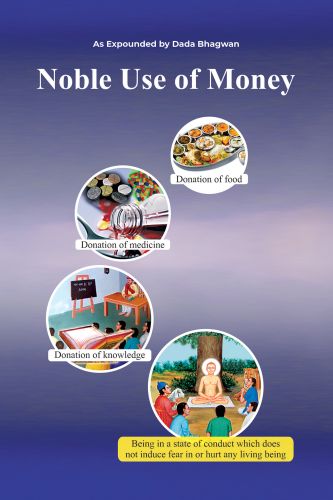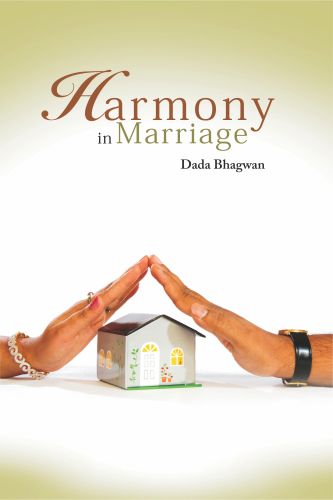Categories
- Antiques & Collectibles 13
- Architecture 36
- Art 48
- Bibles 22
- Biography & Autobiography 813
- Body, Mind & Spirit 142
- Business & Economics 28
- Children's Books 14
- Children's Fiction 11
- Computers 4
- Cooking 94
- Crafts & Hobbies 4
- Drama 346
- Education 46
- Family & Relationships 57
- Fiction 11829
- Games 19
- Gardening 17
- Health & Fitness 34
- History 1377
- House & Home 1
- Humor 147
- Juvenile Fiction 1873
- Juvenile Nonfiction 202
- Language Arts & Disciplines 88
- Law 16
- Literary Collections 686
- Literary Criticism 179
- Mathematics 13
- Medical 41
- Music 40
- Nature 179
- Non-Classifiable 1768
- Performing Arts 7
- Periodicals 1453
- Philosophy 64
- Photography 2
- Poetry 896
- Political Science 203
- Psychology 42
- Reference 154
- Religion 513
- Science 126
- Self-Help 84
- Social Science 81
- Sports & Recreation 34
- Study Aids 3
- Technology & Engineering 59
- Transportation 23
- Travel 463
- True Crime 29
The Private Library What We Do Know, What We Don't Know, What We Ought to Know About Our Books
Categories:
Description:
Excerpt
What is a Good Edition?
A good edition should be a complete edition, ungarbled and unabridged. If the author is a classic, the format of the copy chosen should in some way represent the style of the author. Gibbon, for instance, should be in large octavo or quarto, with print of a size to correspond. This is not always possible, for English editions of books often aim at mere cheapness, and of many great authors there exist no good editions. Thus there is no suitable edition of the classics printed in England, as there is and for long has been in France. A good edition is not necessarily an expensive edition, nor is it necessarily noble and generous in print and margin. The editions known as the 'Globe' editions of Pope and others are good editions because (1) They are complete; (2) Each one has been taken in hand and superintended by the most competent scholar and has notes sufficient but not pedantic; (3) Because they are well printed on paper of fair quality by printers who give wages liberally to careful press readers; (4) Because each work being a work of the first or classic order, it is bound in a simple and unaffected style, without meretricious gold or tawdry ornament. Now the 'Globe' editions are fitting in their place as types of right editions of the cheap kind. I will now take right editions of the more liberal and expensive kind. The 'Cambridge' Shakespeare, the last issue, each play in a separate volume, is right because (1) The print, paper, spacing, and simplicity of binding, are suited to the dignity of the work; (2) The edition has had brought to it fulness of knowledge and rightness of judgment; (3) Each volume is light to handle and easy to hold, and flexible in opening.
But it would be misleading to say that these are the only examples of right editions. In other books which I might name, excellent work has been brought to play which in the two types already named there was not scope for. I would like therefore to take another instance, and name the editions of Pope's Works, edited by Courthope and Elwin, of Walpole's Letters, edited by Peter Cunningham, and Boswell's Johnson, edited by Birkbeck Hill. These editions contain excellent and workmanlike features, such as good arrangement and good indexing, with notes and elucidations sufficiently ample. The size too of each volume is not extravagant as in certain éditions de luxe. Now in order that we may have good editions, there are, at least, ten people who must work well together: (1) the Author, (2) the Publisher, (3) the Printer, (4) the Reader, (5) the Compositor, (6) the Pressman, (7) the Paper Maker, (8) the Ink Maker, (9) the Bookbinder, (10) the Consumer. When these ten people are not working in harmony, a book is spoilt. Too often the author, without technical knowledge of book production, insists on certain whims and fancies of his own being carried out. Too often the publisher aims at cheapness and nothing more.
The publications issued by Pickering in the 'forties' and 'fifties' were models of good workmanship....












